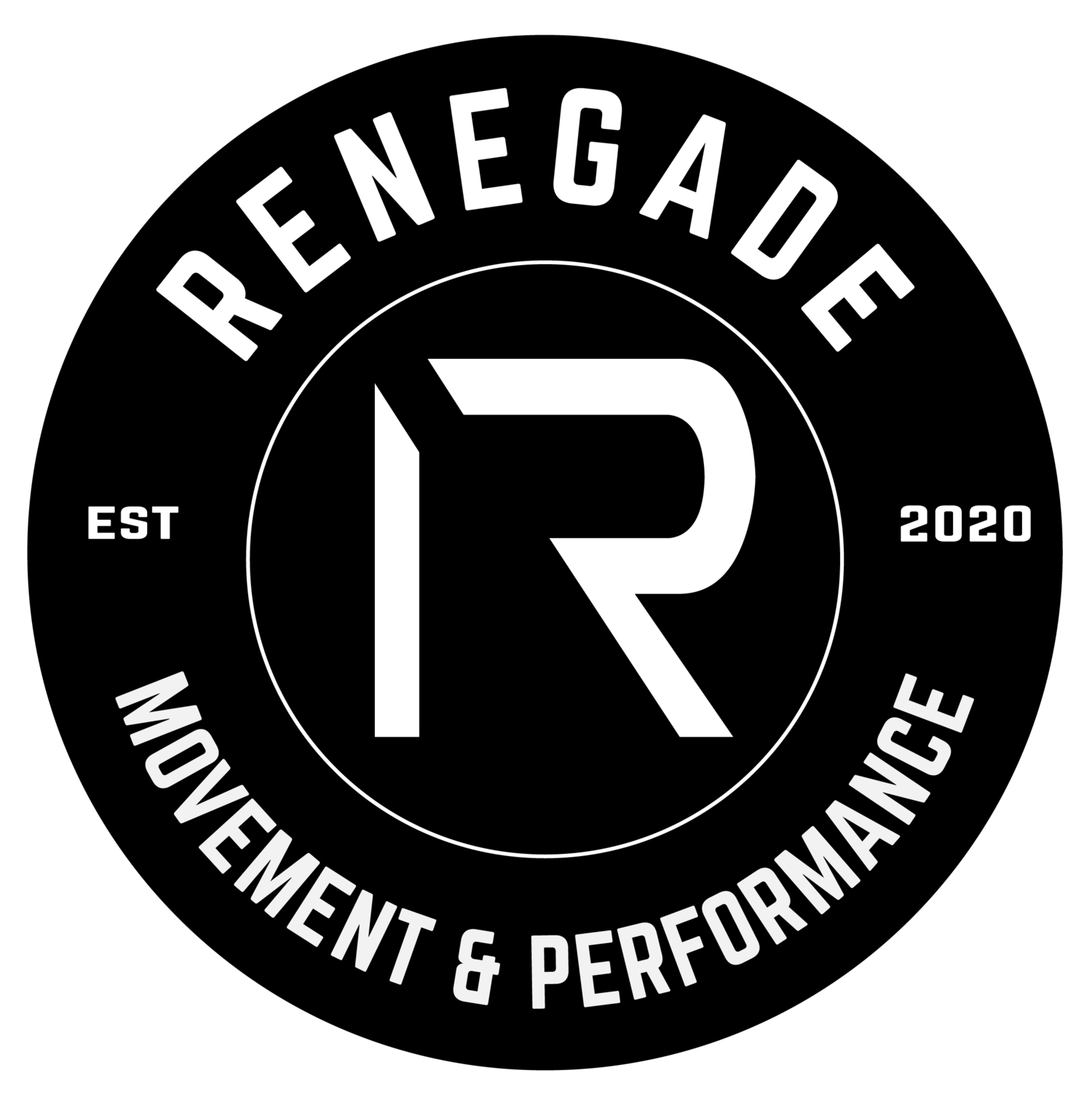Dry Needling Explained: What to Expect and Who Can Benefit
If you've come here to find out what in the heck this dry needling thing is, then you're in the right place! Let's start with the who and leave the what /why/ how for later.
Who is trigger point dry needling for? First and foremost, it's great for alleviating muscle tension. It'd also be fair to say that we use dry needling for pain relief quite commonly. It can also help with muscle recovery. In summation, I use dry needling for athletes of all kinds with various orthopedic conditions negatively impacting their performance and/or ability to participate in their respective activities.
I often find myself dry needling for back pain, sciatica, piriformis syndrome, tight hip flexors, neck tension, TMJ, tension headaches, tennis elbow/ golfer's elbow, ankle sprains, achilles tendinopathy and more. Basically, if it's a muscle/bone/joint issue, dry needling therapy is likely to provide some much needed relief and healing!
But how? Most of my colleagues focus on the mechanical and chemical- a tiny "microlesion" is made when we insert the needle, which stimulates the body's natural healing process in the area. While I believe this is part of the picture, I also believe that there's a neural component to the treatment as well. Otherwise, why do we sometimes see the fasciculations (twitches) during treatment and the normalization of resting muscle tone/ tension?
Nerves are one of the most highly metabolic cells in the human body- they burn a lot of energy and create a lot of cellular waste. In ideal conditions, we're getting goodies in and garbage out of the nerve cells without issue. However, if either end of this equation is off-kilter, it's not long before we'll notice the effects. This imbalance can be the result of many events- acute injuries in the area, compression by chronically tight garments, neurodegenerative conditions like MS, an impaired lymphatic system, autoimmune conditions, and on and on. Once we have impaired fluid flow, we'll notice abnormal sensations, aberrant muscle tension, impaired coordination and strength, or some combination of these. It just depends on what kind of nerve(s) are impacted- sensory, motor, or mixed sensorimotor nerves.
Back to the needles- the microlesion created by inserting a needle does stimulate chemical messengers to call for the body's healing response. When your provider is considerate of what nerve pathways might be causing your symptoms, we can directly stimulate these nerves with the needles and restore normal fluid exchange within the nerve cells. The sensory experience (what you feel) will further signal your brain to normalize the fluid exchange in this area beyond the local-to-systemic chemical response.
Speaking of which, what should one expect to feel? There's a small guide tube that helps with insertion of the needles. A competent provider will apply good pressure with this to the area that's to be needled. A firm tap will set the needle in the location. Surprisingly- beyond the pressure and tap, you might not feel much. Beyond that, it's also common to experience fasciculations- small twitches in the muscle. Given that we're attempting to stimulate nerves, you might also feel a nerve-like zing far removed from the needle site (in the course and distribution of the nerve). None of these should be painful, but they are definitely a novel sensation and not akin to any other kind of body work.
TLDR: Dry needling therapy is an excellent option for those looking to alleviate abnormal muscle tension & pain. It's like getting a deep tissue massage, but without the 30+ minutes per area of white knuckles and cussing under your breath. It's great for the "I don't know what I did/ how I got this pain randomly," and acute injuries alike. Maybe I'm biased, but I've found it to be an excellent tool for athletes to recover better and get back to doing what they love sooner!
